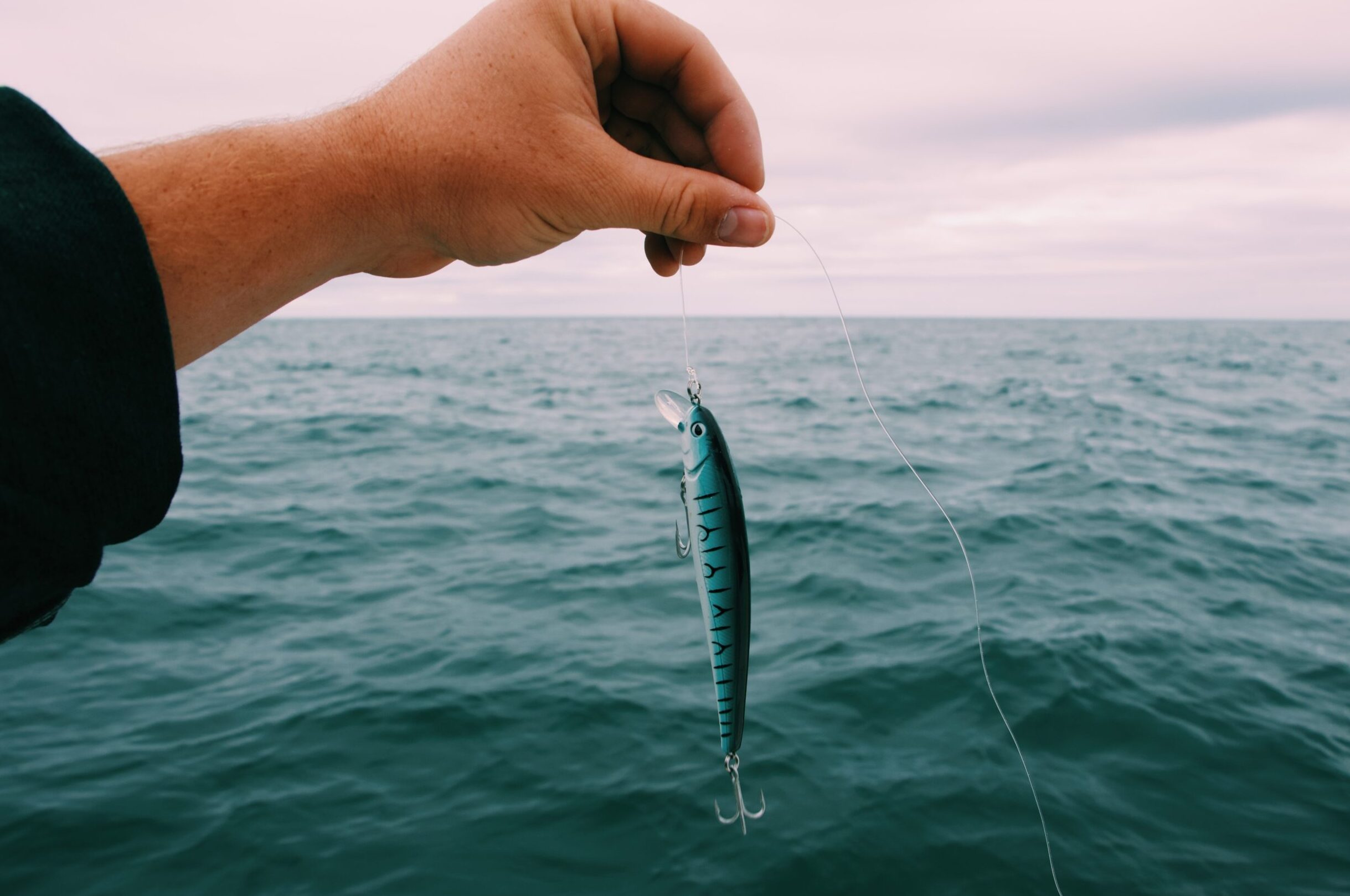Are you tired of casting your line into the water and getting no bites? It might be time to fine-tune your bait presentation. The way you present your bait can make all the difference in catching that elusive fish. In this blog post, we’ll explore tips for creating natural and lifelike presentations that will attract even the pickiest of fish. Whether you’re a seasoned angler or just starting out, read on to improve your fishing game and increase your chances of reeling in a big catch!
The Importance of Bait Presentation
When it comes to fishing, presentation is everything. The way you present your bait can make the difference between a successful catch and going home empty-handed. Fish are finicky creatures that rely on their senses to determine whether or not they’ll bite. And what’s more appealing than a natural and lifelike presentation?
A well-presented bait mimics the movements of real prey, making it irresistible to fish. A poorly presented bait, on the other hand, will look unnatural and unappetizing. So how do you ensure your presentation is up to par? It starts with understanding the different types of baits available.
Whether you’re using live bait or artificial lures, each type requires a unique approach when presenting them in water. For instance, if using live worms as bait for trout fishing, threading them onto your hook in a straight line will often result in an unsuccessful catch.
Instead, try wiggling your worm around until it resembles its natural movement pattern underwater – this technique works wonders! Remember that precision is key when presenting your bait – don’t rush through this step!
Ultimately taking these steps will increase not only the activity rate but also open up many opportunities for reeling in bigger catches too!
Tips for Natural and Lifelike Presentations
When it comes to fishing, the presentation of your bait can make all the difference in whether or not you catch anything. Fish are naturally wary creatures and will often avoid something that doesn’t look natural to them. That’s why it’s important to fine-tune your bait presentation for a more lifelike appearance.
One tip for achieving a natural and lifelike presentation is to match the hatch. This means choosing a lure that looks like what the fish in that area are already eating. Take note of any bugs or small creatures around the water and try using lures that mimic their movements.
Another way to achieve a natural presentation is by adding movement to your bait. Jerking or twitching your rod can give off vibrations that make it seem like there’s real prey nearby.
Another key factor when presenting your bait is using appropriate gear, such as lighter line for smaller fish and heavier line for larger ones. Additionally, using hooks with a proper size helps keep things looking proportional, which adds an extra layer of naturalness.
Always be patient when trying out new techniques or methods on how you present your bait because practice makes perfect!
The Different Types of Bait
The type of bait you use is crucial to your fishing success. Different fish species are attracted to different types of bait, so it’s important to choose wisely based on what you’re hoping to catch. Here are some common types of bait:
Live Bait: This includes worms, minnows, and other small creatures that fish feed on in the wild. Live bait can be very effective but requires careful handling and storage.
Artificial Lures: These come in a wide variety of shapes and sizes, from soft plastic worms to flashy spinners. They mimic the movement and appearance of real prey and can trick even the most cautious fish into biting.
Cut Bait: This refers to pieces of fish or squid that have been cut up for use as bait. It’s often used for larger predatory fish who prefer meatier options.
Fly Fishing Flies: These tiny lures are designed specifically for fly fishing enthusiasts. They imitate insects like flies or grasshoppers that trout love to eat.
Ultimately, the best type of bait will depend on many factors such as water temperature, time of day, weather conditions, and specific species you hope to catch. Experiment with different types until you find what works best for your situation!
The Best Time of Day to Fish
It’s no secret that the best time to fish is often during dawn and dusk when the water is cooler, and the fish are more active. However, there are a few factors to keep in mind when it comes to bait presentation during these times.
During early morning hours, try using topwater lures or surface baits for a natural presentation. As the sun rises higher in the sky, switch over to deeper diving lures or weighted baits for a more lifelike presentation.
In contrast, late afternoon and evening fishing can be successful with slower presentations such as jigs or soft plastics. The key is to pay attention to how active the fish are under different light conditions and adjust your bait accordingly.
By fine-tuning your bait presentation techniques based on time of day and type of lure or bait used, you’ll increase your chances of landing that trophy catch you’ve always dreamed of. So get out there with these tips in mind and happy fishing!


